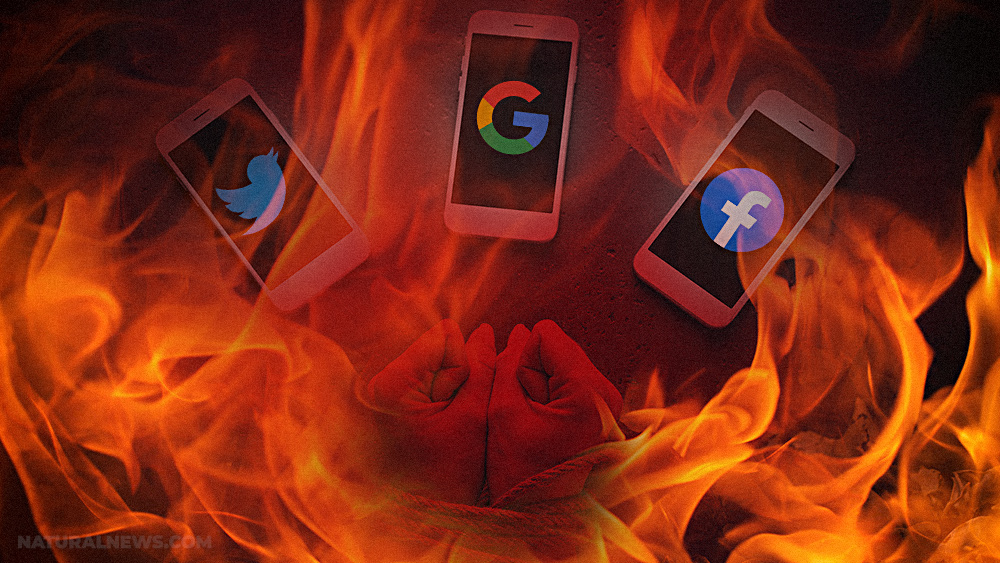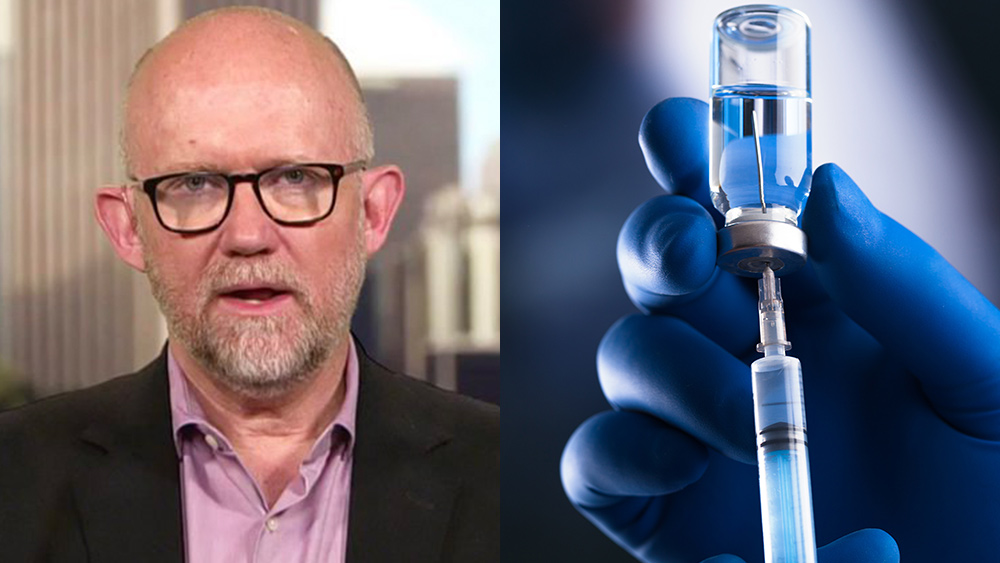New viral “Skull Breaker Challenge” injures kids, number of cases now rising
02/28/2020 / By Michael Alexander

It’s all fun and games until someone gets sent to the ER.
This is precisely the sentiment aired by several parents and school administrators in the wake of a new – and dangerous – viral social media trend called the “Skull Breaker Challenge.”
A popular trend that originated in the video-sharing and social networking platform TikTok, the Skull Breaker Challenge involves three participants, all standing next to each other before jumping straight up. While the middle person is in the air, the two other individuals then kick inward in an attempt to knock the middle person off balance.
As expected, injuries resulting from the extremely risky “challenge” have been reported – and the numbers are now on the rise.
According to a report by Health, at least two children in the United States have been hospitalized as a result of the viral social media trend.
Valerie Hodson, the mother of one of the two children, shared her son’s ordeal in a harrowing social media post.
According to Hodson, her son was asked to participate in a “jumping contest” by two of his friends. However, when he jumped up, the two boys kicked him so hard his legs “flew out in front of him.”
The boy then landed flat on his back, and after struggling to get up, lost consciousness and fell forward, landing on his face.
Hodson, in the same post, revealed that her son ended up with a head injury, as well as stitches in his face and cuts inside his mouth.
She added that her son had no idea about what was going to happen, and that he trusted the two other boys because he knew them.
In a chilling part of her post, Hodson recounted how the two boys who kicked her son were “snickering and laughing” as his stiff, unconscious body lay on the asphalt.
Just a couple of days later, another concerned mother, Terri Wimmer Smith, posted on her Facebook page, warning parents about the dangers of the challenge and asked for “prayers” for her son Parker who also fell after being “unknowingly tiktok pranked” by his schoolmates. Smith, in her Facebook post, said Parker had two broken bones in his wrist, which later required surgery in order to install pins in his arm.
“Teach your kids that this crap is dangerous,” Smith said.
Another incident that sparked concern from parents and other individuals involved high school students from Daytona Beach, Florida. As with the other TikTok videos mentioned, the students in the videos stood side by side before jumping together. However, as soon as the student in the middle leapt, the other students immediately stuck out their legs, causing the middle student to crash on the ground.
According to a statement made by the Daytona Beach Police Department to News Journal Online, that two students are now facing misdemeanor charges of battery and cyberbullying stemming from the prank.
This “challenge” is just the latest in a string of dangerous viral trends that have become popular with children and adolescents in recent years. Previous entries include the Tide Pod challenge, car surfing, cinnamon challenge and the salt and ice challenge.
TikTok, for its part, has since issued a statement, first published on Yahoo! Lifestyle.
According to the Beijing-based video-sharing and social networking platform, the safety and well-being of their users remain a top priority, and that they do not allow content that “encourages, promotes, or glorifies dangerous challenges that might lead to injury.” (Related: The social media generation is more prone to depression, self-harm.)
TikTok added that they remove videos that show any inappropriate behaviors or activities that violate their guidelines.
“To help keep our platform safe, we have introduced a slate of safety features geared towards enhancing our users’ experience, including tools for reporting inappropriate content and for managing privacy settings,” TikTok stated.
Why are kids and teens fond of dangerous online challenges?
If viral social media pranks are dangerous by nature, why do children and teens do them? The answer, according to psychologist Sabrina Sykes, may lie in their head.
Sykes, a psychologist at The Ohio State University Wexner Medical Center, noted in a blog post that during adolescence, the brain’s “reward system” develops before the prefrontal cortex, the part of the brain that is responsible for planning, decision-making and managing impulses.
This, according to Sykes, means that teens are highly motivated to engage in socially rewarding behavior and gravitate toward thrill-seeking, without focusing on potential risks or consequences.
This is compounded further by the fact that “social media rewards bold behavior,” giving users instant gratification in the form of “instant popularity,” which is usually measured through the number of one’s “likes” and “followers.” According to Sykes, this causes adolescents to focus more on the “immediate rewards of participating” instead of the possible risks or long-term consequences arising from such social media challenges and trends.
One effective way to address this is for parents to simply talk things through with their children.
“Be sure to listen with a calm demeanor and without judgment, asking them why someone may choose to take part, and if it’s worth it,” Sykes said.
“Parents should familiarize themselves with social media platforms and engage their teen in conversations about online challenges,” Sykes said in her blog, noting that this will help teens build the skill of risk evaluation and give parents a better understanding of their child’s thought processes and judgment.
“Remember that while teens continue to grow and navigate social relationships, through these conversations parents can foster the development of thoughtful and rational thinking skills, while also maintaining connection,” she added.
Visit CampusInsanity.com for more news and stories on dangerous campus trends.
Sources include:
Tagged Under: accidents, campus insanity, cyberbullying, head trauma, injuries, millennials, Social media, Students, teenagers, Teens, TikTok, viral trend
RECENT NEWS & ARTICLES
COPYRIGHT © 2017 SHEEPLE NEWS


















